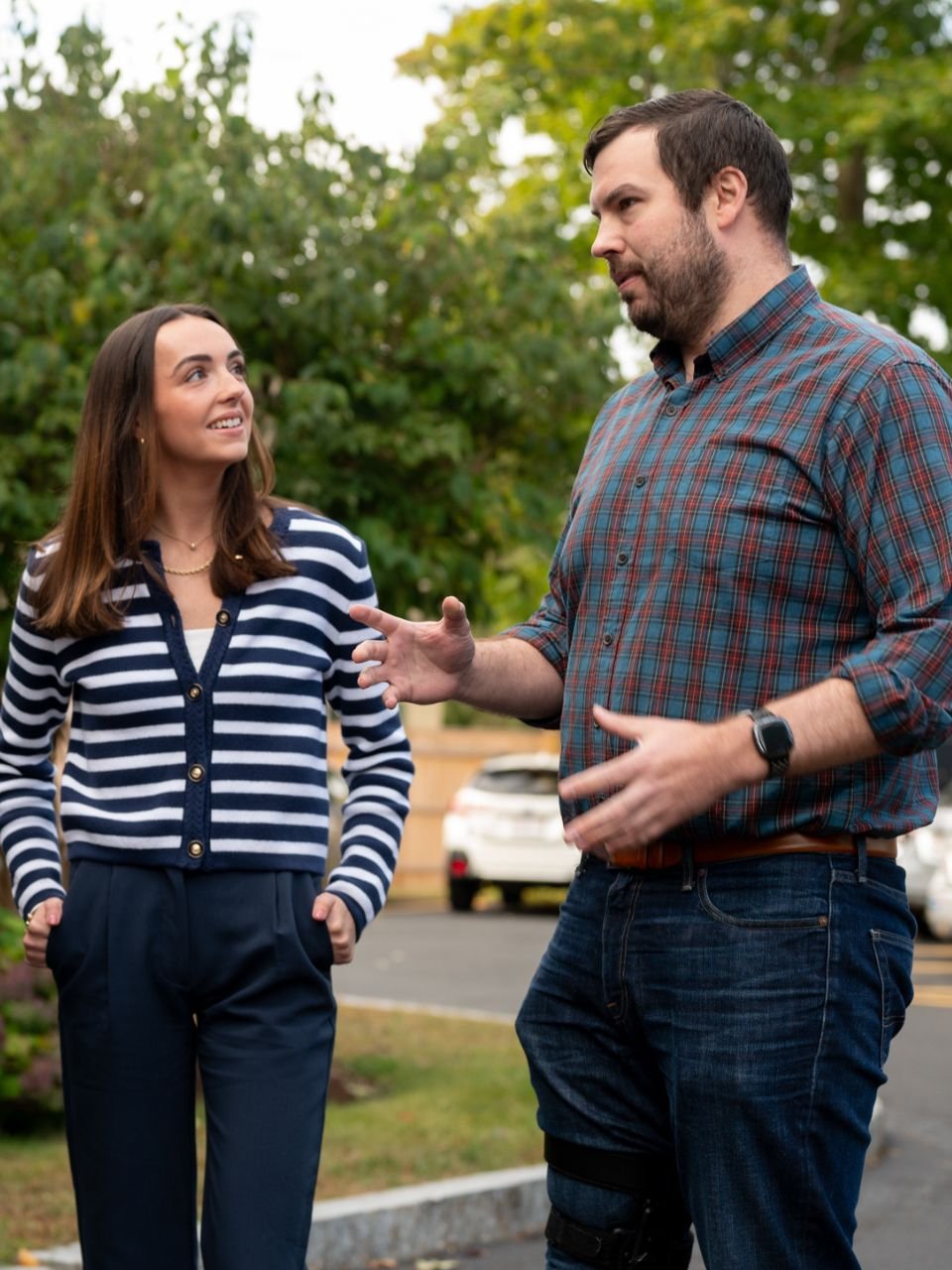- Our School
- Our Advantage
- Admission
- Elementary•Middle School
- High School
- Summer
- Giving
- Parent Resources
- For Educators
- Alumni
« Back
Keeping Mathematics Accessible to All Students
June 8th, 2015

By: Mark Drago. This post was previoulsy published in Young Teachers Collective.
I know this is an article about mathematics education, but let me start with a poem:
Zimmer’s Head Thudding Against the Blackboard, by Paul Zimmer
At the blackboard I had missed
Five number problems in a row,
And was about to foul a sixth
When the old exasperated nun
Began to pound my head against
My six mistakes. When I wept,
She threw me back into my seat,
Where I hid my head and swore
That very day I’d be a poet,
And curse her yellow teeth with this.
After reading Zimmer’s poem the image of the old exasperated nun who began to pound his head against the wall sticks in my mind, especially how Zimmer curses her in the last line of the poem. The reason why I think of the teacher is because I am a math teacher, and while I hope none of my students curse me, I wonder how they might describe my math class or me in a poem. The scene Zimmer sets is very familiar, standing in front of the whole class and being scolded for wrong answers. Math class can take on this nightmarish quality of a blackboard filled with confusing numbers, symbols, and letters. And yet, while math can be scary, mathematics is also a subject that is deeply valued in America.
In President Obama’s 2013 State of the Union address he called on creating more “classes that focus on science, technology, engineering and math---the skills today’s employers are looking for to fill the jobs that are there right now and will be there in the future.” Teaching mathematics poses the challenge of trying to create welcoming learning environments for a subject that can cause anxiety as well as ensuring that every student learns the skills they need to succeed. We as teachers have the capability to meet these challenges by focusing on our students’ strengths and inviting all students to quality mathematics discussions.
I teach at a high school that specializes in language-based learning disabilities (LBLD), such as dyslexia. While LBLD usually means that students struggle in reading and writing, their disabilities can affect the way they learn math as well. Mathematics is its own language with letters and symbols that hold meaning. By the time they enter my classroom they have often already had experiences similar to the one described in Zimmer’s poem and the mindset that they are “not a math person.” This mindset is often what is most detrimental in the math classroom. Carol Dweck, a professor of psychology at Stanford University, would call the mindset of “I’m not a math person” a fixed mindset, one where our intelligence is fixed and there is nothing we can do about it. Much of what we do as teachers is convincing students to believe in a growth mindset, one where our intelligence is malleable and controlled by our own effort. In making the math classroom more accessible, we should think about what aspects of our students we are focusing on. Are we just finding the ones who are quick to the right answer? Or are we looking at how the student went about solving the problem?
Dweck’s 2008 book Mindset: The New Psychology of Success, asks us to shift our focus from praising intelligence to praising effort. When going over a problem on the board, focus on the student’s process and what they did well. So instead of mathematics being a subject where you are right or wrong, we can shift our focus to math being a subject filled with strategies and problem solving that all students can be a part of. By praising students for the work they do, students are more likely to try a difficult problem because they believe they have the capability to do so.
In an interview with Education World, Carol Dweck said, “Psychologists who study creative geniuses point out that the single most important factor in creative achievement is willingness to put in tremendous amounts of effort and sustain this effort in face of obstacles.” We want our students to be creative and critical thinkers. And the way we get there is by praising them for the talents that they have and for their willingness to succeed.
Ultimately, the goal of focusing on students’ strengths and praising them for their talents is to create an equitable math class in which all students can receive high levels of learning. Learning mathematics requires students to be actively involved in reasoning through problems and deriving their own answers. A math classroom should be filled with discussion on important concepts and different reasoning strategies, but frequently class time is filled with test answers and how well students scored. When students are worried about answering test questions correctly, they try to memorize routine procedures to quickly get to the right answer.
Part of the new common core standards calls for students to “Make sense of problems and persevere in solving them.” The common core asks students to think about how the problem makes sense to them, to base the problem on facts they already know, and work towards their own way of solving. Asking students to make sense of a problem levels the playing field in a math classroom. The discussion is not a race to the right answer that only some students can do. Instead, students offer what they notice and their own way of thinking. No one is worried about being called to the board to try to remember a procedure for six number problems. Everyone feels like they are capable of solving complex problems and by their own effort, able to learn math.
Mark Drago is a faculty member at Landmark High School. Article as seen in Young Teachers Collective.
Posted in the category Learning Disabilities.






















